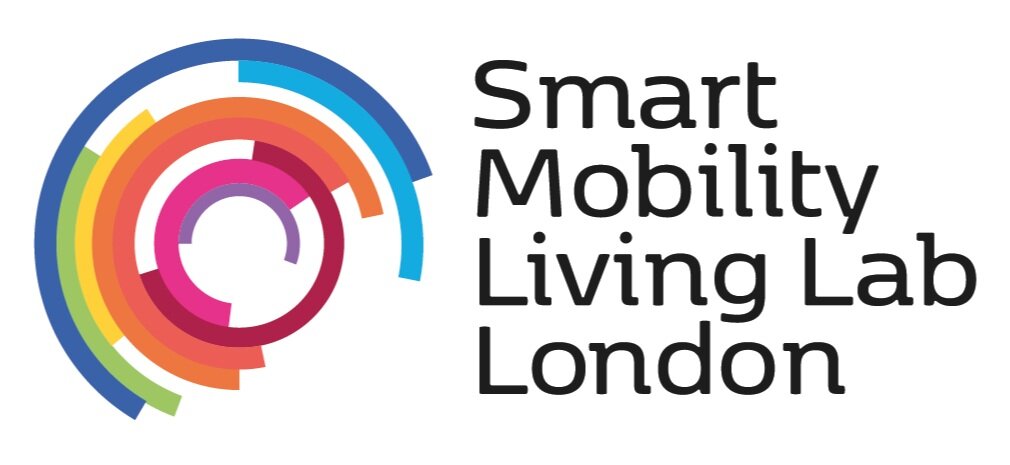The future of transport has never been more exciting – here’s why
By NICK CHRISSOS, DIRECTOR OF INNOVATION, EUROPE, CISCO
Last week I attended Highways UK 2018 at the NEC in Birmingham to spread the word about Smart Mobility Living Lab (SMLL) and get people excited about the future of self-driving cars.
I was there to give a talk on the transportation of the future and how Cisco is building the infrastructure that will make that future a reality.
For those who weren’t lucky enough to attend my session, here are some of my thoughts...
Infrastructure is going to change everything
Until now, most efforts to create a self-driving car have been focussed on putting intelligence into the vehicle.
But I truly believe we are reaching the limit of how much innovation we can achieve through that method alone. The time has come to look outside the vehicle at the world around it.
Discovering new and better ways to connect driverless cars with infrastructure is what will ultimately help us make our self-driving future a reality.
And that environment needs to be incredibly powerful. It needs to transfer data at an incredible rate, which means it needs to be underpinned by reliable connectivity that has extremely low latency and extremely high bandwidth.
And managing all the different assets that make up this infrastructure is going to be an enormous job in itself. We’re going to need predictive analytics and maintenance like we’ve never seen.
That’s why we’re putting our efforts into building the infrastructure for autonomous vehicles: because if we don’t get that right the vehicles themselves are irrelevant, no matter how advanced they are.
Cars may not be cars anymore
To say infrastructure will be the differentiator is not to say the vehicles themselves are not important, of course. In fact we are going to see some incredibly exciting changes to the cars we recognise today.
All the things we think of as ‘must haves’ in a vehicle – from windows to mirrors or even lights – are only really needed because we have to drive manually.
In future when those vehicles are fully autonomous, we could replace all those elements that simply will not make sense.
What’s to stop us replacing the windows with internally-facing screens, for example? Creating virtual environments, improving the traveling experience. Or creating a fully-fledged mobile office? Or putting a bed inside a vehicle for somebody to sleep?
The definition of what a vehicle is will fundamentally change. I see them becoming more like a ‘lift’, in the sense that you get in at point A and get out at point B but have no influence or care about what happens in between.
But the upside of that is you can use that time any way you want, and that’s where we’ll see some really interesting developments that could fundamentally change the way we think about mobility.
There are so many interesting questions left to answer
While the future of self-driving vehicles is exciting, we should be under no illusion here: there are still many, many pieces of this puzzle we’ve yet to uncover.
And that’s exactly what SMLL is all about: bringing together the best and brightest innovators in tech and transport from all over the world to start testing their products and services in a way that will ultimately get them ready for public and commercial consumption.
In short: the time for talking about a self-driving future is over. Now we’re actually going to make it happen.
And the impact on the world will be massive, from lowering pollution and overcrowding to creating more space and financial freedom.
That’s why the future of transport has never been more exciting.
Contact our SMLL team to find out how to get involved with the project
